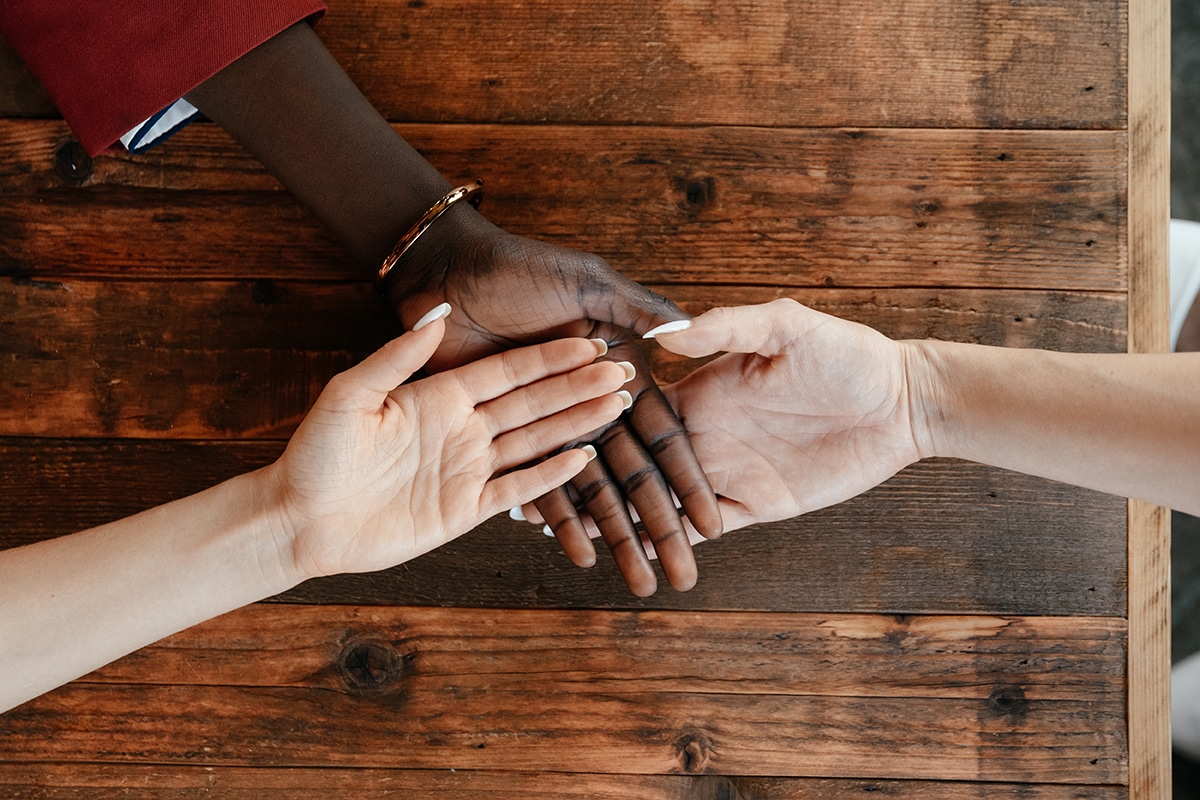Blog
Digital Communications Reach a Diverse Minnesota Community
by Routeware Team • May 31, 2022

Effective communications are all about meeting people where they are. But what if those people speak several different languages?
Brooklyn Park, Minnesota, has cracked the code. You have to figure out how to communicate in “terms that people can relate to,” says Tim Pratt, the city’s Recycling Manager with its Operations and Maintenance Department.
Communication strategies and tools were among the topics discussed at this year’s annual Recycling Association of Minnesota and the Solid Waste Association of North America Land of Lakes Chapter (RAM/SWANA) joint conference in Brooklyn Park.
There, Pratt presented “Digital Communications in a Diverse Community.” Ryan Buhay with Routeware joined him on stage.
Brooklyn Park: A ‘Wonderful, Diverse City’
The recycling program in Brooklyn Park serves a growing, increasingly diverse population of about 45,000 households. There, nearly 70 percent of residents are people of color, 25 percent speak a language other than English at home (including Spanish, Hmong and Vietnamese), and 20 percent were born outside of the United States.
It’s a “tremendously wonderful diverse city,” Pratt says.
These ever-evolving demographics underscore the importance of inclusive recycling education and communications. So, Pratt and his team realized that in order to run a successful recycling program that benefits all residents, they needed to get to know the people they serve, rid themselves of any preconceived notions about recycling, and start with the basics.
Using digital tools for communication from ReCollect, Brooklyn Park strives to reach audiences in multiple languages with collection calendars, month-long community challenges, the Waste Wizard (They call it, “Can I Recycle This?”) and culturally appropriate recycling guidance to support the countywide goal of recycling 75 percent of solid waste by 2030.
Meeting Challenges Head-On
Even without language barriers, creating engaging messaging and education for any waste program is a complex endeavor. Failed online searches make for frustration, which turn into costly, time-consuming phone calls and persistent mistakes. This, in turn, results in contamination, lost engagement opportunities and myriad other issues.
So, Pratt and the rest of the city crew think of every interaction with the people they serve as an opportunity to increase — or decrease — trust in their organization. Rather than thinking of their own workflow, they focus on the habits and needs of their community.
In other words, you have to figure out how to put what you’re saying “into terms that people can relate to,” Pratt says.
Then, you have to meet people where they are.
Picture-Perfect Updates
You can organize the best recycling program in the business, but it won’t be successful if people don’t understand how it works. Turning to census data, Pratt and his team gleaned insights into who their customers are and the languages they speak.
Then, the city designed its recycling education materials to align with that information. Now, the city’s materials are available in English, Spanish, Vietnamese and Hmong, and they use images to better convey information, too.
The city also found that having only one point of communication is insufficient, so they lean on social media and the Brooklyn Park HRG Recycling App, which launched on Earth Day 2021, and includes collection calendars and Waste Wizard. The city also relies on the tools’ Service Alerts to relay timely communications to the people they serve.
ReCollect’s digital tools for recycling are inherently language-inclusive, which allow them to reach the majority of any community. The tools are created in English, and an automated process translates recycling and solid waste information into 15 languages, including Spanish, German and others.
Previous to this overhaul, some of Brooklyn Park’s materials mostly consisted of blocks of text with instructions on bins and carts; color-coded, paper collection schedules; a small list of items that cannot be recycled; and outdated, anthropomorphized cartoon-like images of various recyclables that, as Pratt learned, can be offensive for some cultures in the city.
In addition to its overhaul of digital tools, Brooklyn Park’s cart labels and other materials feature inclusive, bold icons that may be easily understood no matter which language you speak. Prior to rolling out these new materials, Pratt spoke with the Multicultural Advisory Committee in Brooklyn Park and the nearby Brooklyn Center, and after some tweaks, they signed off.
Pratt and the city will continue to monitor its education and communication efforts, and they plan to continue to promote their tools’ and materials’ language options while also delving into more videos — and perhaps even becoming active on TikTok, the short-video-focused social media platform.
“The challenge to me with technology is figuring out where people are and then figuring out how to use that technology to meet people where they’re at,” Pratt says.
A challenge he and Brooklyn Park have happily accepted.
Learn more.
We can help you identify tools and technologies to help you meet your goals for recycling. Let’s talk.